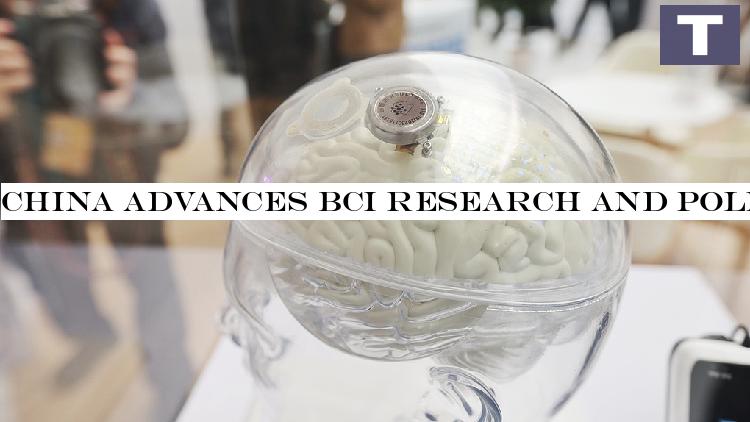
Chinas most current advancements in brain-computer interface (BCI) technology and market policies took spotlight at the 2025 Zhongguancun Forum (ZGC Forum).
Speaking at a BCI-themed online forum on Monday, Du Guangda, deputy director general of the Science and Technology Department at the Ministry of Industry and Information Technology, emphasized that the fast evolution of artificial intelligence (AI) is accelerating the emergence of future-oriented technologies like BCI.
He announced that the ministry plans to enhance top-level preparation and collaborate with pertinent departments to release BCI-related standards, setting clear market objectives and tasks.Lu Yong, vice president of the China National Institute for Food and Drug Control, revealed that a specialized professional group will quickly be established to research BCI medical gadgets and propose modifications to relevant standards.
A fast-track approval procedure will be presented to guarantee timely proposal, initiation, and advancement of requirements, free from yearly strategy constraints.China has also made noteworthy development in BCI research study.
In March 2025, the nations domestically established semi-invasive BCI system, Beinao-1, finished its third human implantation surgery.The system has been deployed in a three-hospital collaboration including Beijing Tiantan Hospital, Xuanwu Hospital, and Peking University First Hospital.
At Tiantan Hospital, a stroke patient successfully managed a robotic arm through believed within a week, aiding rehab.
At Xuanwu Hospital, an ALS client gained back interaction abilities by decoding over 60 Chinese characters utilizing a 128-channel versatile electrode.
And, at Peking University First Hospital, a quadriplegic patient had the ability to grasp vibrant targets utilizing a brain-controlled robotic arm, marking an essential milestone in spinal cord injury recovery.At a parallel online forum on Saturday, themed Technology for Disability Assistance, a biomedical engineering team from Fudan University showcased the worlds first three-in-one brain-spinal user interface technology.
4 paraplegic patients had the ability to gain back leg motion within 24 hours of surgery by constructing a neural bridge between the brain and spine; some even attempted standing as soon as 10 days after the procedure.From research study and advancement to medical application, Chinas whole BCI development chain was highlighted at the ZGC Forum.
BCI is poised to open brand-new avenues for industrial development and medical rehab, thanks to advancements in technology and policy assistance.

 15
15






